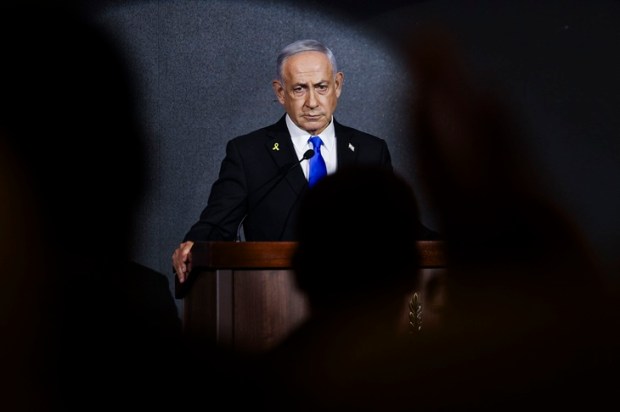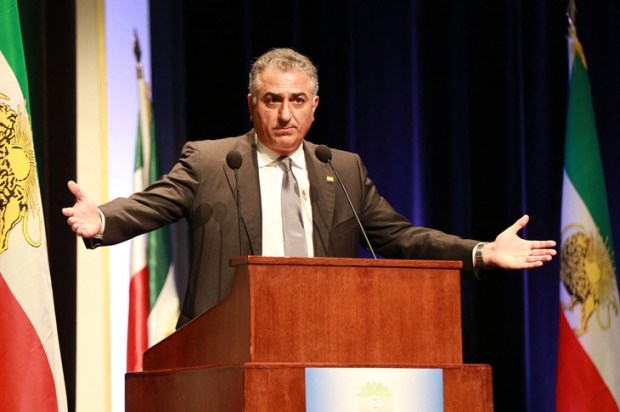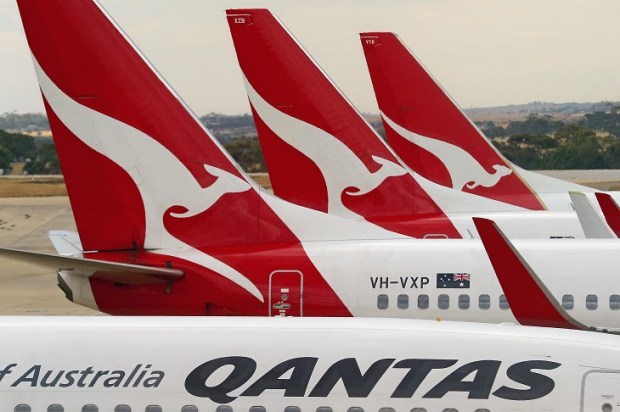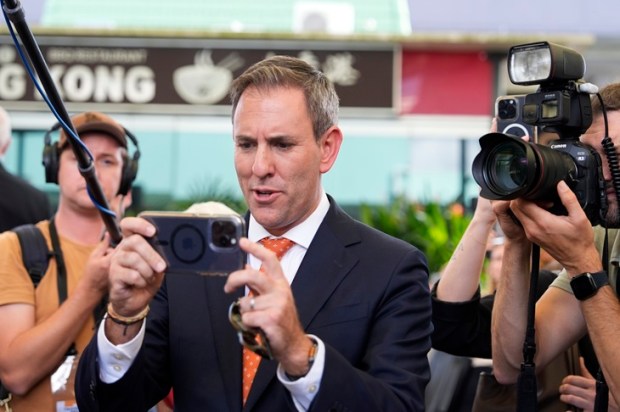As Australia debates the proposal for an Indigenous Voice to Parliament, its policymakers would do well to look beyond their shores for lessons in implementing social change. The case of India, which instituted affirmative action policies through the Mandal Commission in the 1980s, offers both insights and cautionary tales.
At its core, the Indigenous Voice is intended to redress systemic disadvantages faced by Aboriginal and Torres Strait Islander peoples. It’s an ambitious goal, not unlike the objective of India’s Mandal Commission to rectify socio-economic disparities endured by its Scheduled Castes, Scheduled Tribes, and Other Backward Classes.
However, four decades on from the Mandal Commission, India’s experience presents complex realities that Australia should ponder. The policy, though well-intentioned, has been mired in controversy and societal unrest, its benefits contested and the resulting divisions deep.
India’s policy initially aimed at rectifying historical wrongs, assigning quotas in public education and employment. Yet, the move sparked widespread protests, strikes, and even instances of self-immolation. Many perceived it as ‘reverse discrimination’, an argument now echoed in Australia by critics who fear that the Indigenous Voice could be construed as preferential treatment, fostering divisions rather than unity.
The political exploitation of caste-based reservations in India offers another cautionary tale. In Australia, the proposed Indigenous Voice could likewise be used as a political tool. Indian politicians have often been accused of leveraging quotas for vote-bank politics. In a country where ethnic identity already plays a significant role in the political landscape, Australia must guard against similar political misuse.
India’s policy, focused primarily on economic disparities, morphed into a sociopolitical instrument that sometimes reinforced cultural differences. Australia, too, is at risk of walking a similar tightrope. The Indigenous Voice proposal is as much about preserving and recognising Indigenous cultures as it is about economic betterment. By focusing on this cultural element, Australia could inadvertently reinforce an “us versus them” mentality.
The efficacy of India’s reservation system is also disputed. While some progress has been made, socioeconomic disparities persist, and the policy remains a source of contention. As Australia considers the Indigenous Voice, it must recognise that the road to parity is not a straightforward one, and the efficacy of the proposed body is far from guaranteed.
Finally, Australia should take note of India’s struggles with caste-based identities. Although India’s reservations were intended as a temporary measure, they have become a permanent fixture, reinforcing caste identities that the country has struggled to move beyond. For Australia, this underlines the risk that the Indigenous Voice, intended to redress disparities, could instead solidify a binary divide between Indigenous and non-Indigenous Australians.
Australia finds itself at a crossroads, seeking to address the wrongs done to its Indigenous peoples. However, as India’s experience illustrates, affirmative action policies, though well-intended, can have unintended consequences that exacerbate divisions and become political tools. In considering the Indigenous Voice, Australia must ensure that it is not sowing the seeds of division under the guise of unity.
In light of the Mandal Commission’s outcomes, it would be prudent for Australia to consider a ‘no’ vote for the Indigenous Voice. At the very least, a deeper and more nuanced conversation about the potential pitfalls and complexities should take place. If the road to hell is paved with good intentions, then the path to social equity must be built with thoughtful planning, acute foresight, and diligent learning from history.

























